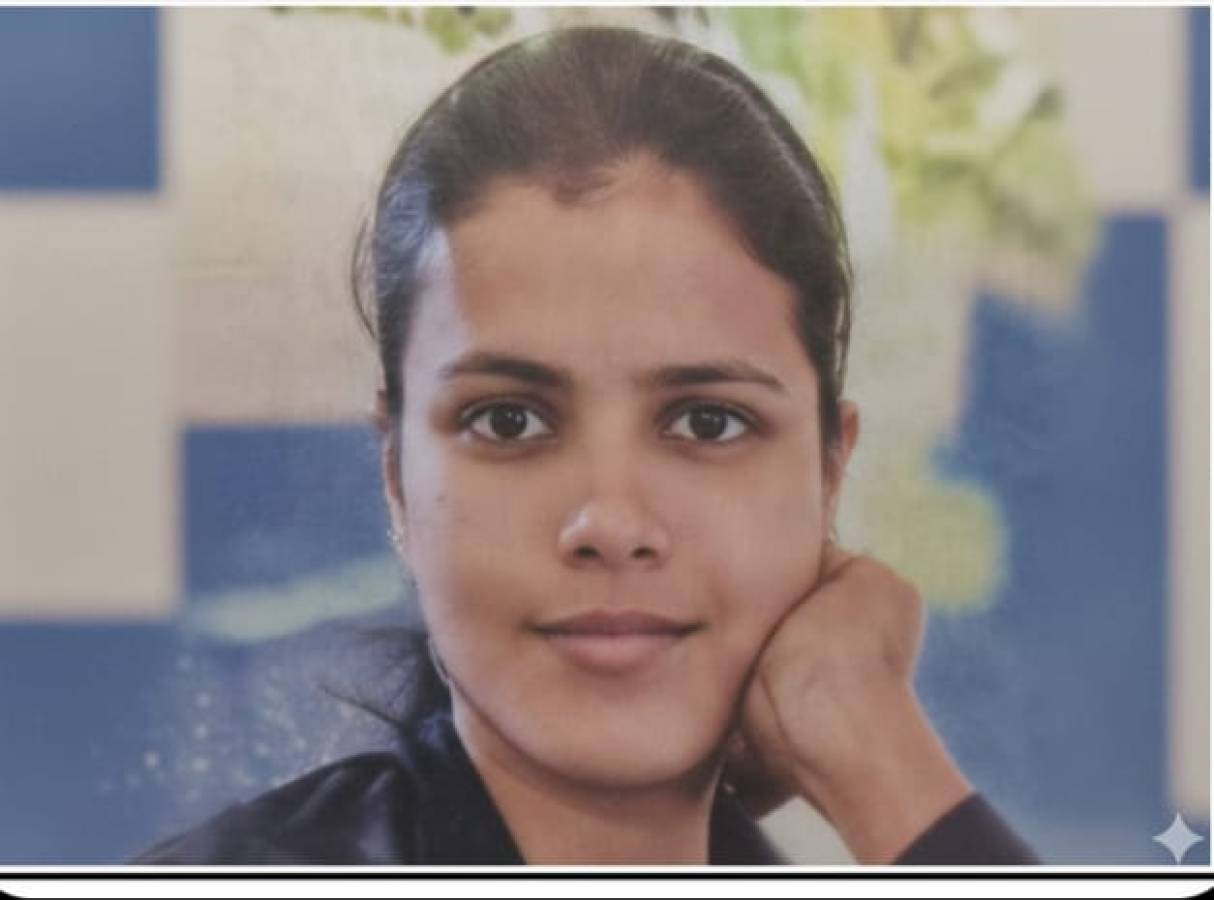.jpeg)
The Andaman and Nicobar Islands in the Bay of Bengal are home to some of the world’s most remote and mysterious tribal communities. Among them are the Sentinelese and the Shompen, both known for avoiding all contact with the outside world. As the Indian government prepares to conduct its national census, a serious challenge has come up — how do you count people who don’t want to be found?
The Census Challenge
The national census is meant to count every person in India. But when it comes to the Sentinelese and the Shompen, this job becomes almost impossible. Officials are asking themselves:
- How can we count the Sentinelese when we’re not even allowed to go near them?
- How can we reach the Shompen, who live deep inside the forests?
- Is it even right to try counting them?
These are difficult questions, and there are no easy answers.
Who Are the Sentinelese and Shompen?
The Sentinelese live on North Sentinel Island, which is completely closed off to outsiders. The Indian government has banned anyone from coming within five kilometers of the island. This is done to protect both the tribe and visitors, as the Sentinelese are known to fiercely reject contact. They have lived without modern civilization for hundreds, maybe thousands, of years.
The Shompen live on Great Nicobar Island, mostly in the island’s dense forests. The 2011 census reported 229 Shompen, with a noticeable imbalance—141 males and 88 females. Many Shompen families live far from each other and even avoid contact with other Shompen groups. Officials believe even this data may be incorrect, as reaching most of the Shompen population is extremely difficult.
A Tribe Beyond Reach
Getting to where the Shompen live is extremely tough. Experts say that after the 2004 tsunami, many roads were damaged, and traveling just ten kilometers into the forest is hard. Most Shompen live beyond 27 kilometers, where there are no proper roads.
One official explained that the Shompen are not a single group. They behave differently depending on where they live. The only regular contact happens when some Shompen from the Laful area come to Campbell Bay, the island’s main town, to collect supplies. Even then, they speak their own language and avoid long conversations.
The Great Nicobar Holistic Development Project
A new development plan called the Great Nicobar Holistic Development Project has raised fresh concerns. This ₹81,800 crore plan includes:
- An international airport
- A large container port
- A power plant
- New towns
- Roads cutting through tribal lands
Tribal experts and activists say this could harm the forests and push the Shompen into forced contact with outsiders. Roads and towns could destroy their way of life, damage their health, and hurt the culture they’ve preserved for centuries.
Protection Before Population
Some experts believe counting these tribes is not as important as protecting their environment. Manish Chandi, a former researcher at the Andaman and Nicobar Tribal Research Institute, said that focusing only on census numbers misses the bigger picture. What truly supports these tribes is their environment — forests, reefs, and marine life.
Chandi also warned that local fishermen continue to over-exploit the sea, catching lobsters and other valuable fish for export. This damages the ecosystem and threatens the food sources of tribal communities.
The message is clear. If we protect their land and resources, we also protect their way of life.
What Should the Government Ask Itself?
Before pushing for a full census or large development projects, experts say the government should pause and ask:
- Why do we need this data?
- Will it actually help these communities?
- Have we asked for their opinions on development and forest loss?
- What have we learned from past tribal welfare schemes?
There have been many government plans aimed at helping tribal people, but few reports show how useful these plans really were. Without understanding what the Shompen or Sentinelese actually want or need, such efforts may be one-sided and harmful.
Insightful Take
The situation in the Andaman and Nicobar Islands reminds us that modern systems don’t always fit every context. The Sentinelese and Shompen live lives deeply rooted in forests, isolation, and self-sufficiency. Forcing them into the folds of the census or development projects risks doing more harm than good. Rather than obsessing over data, perhaps it's time we prioritize respect, protection, and honest consultation. These communities have endured for centuries without state intervention. In their silence lies a message—one we must finally learn to hear.





















